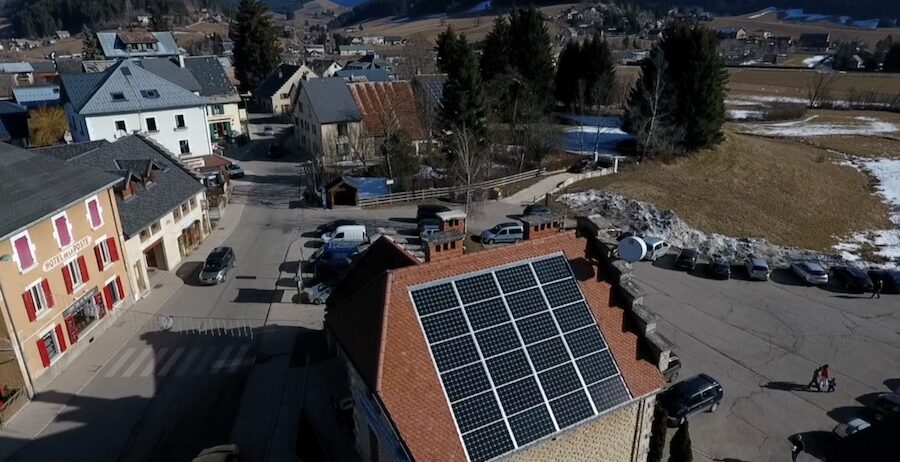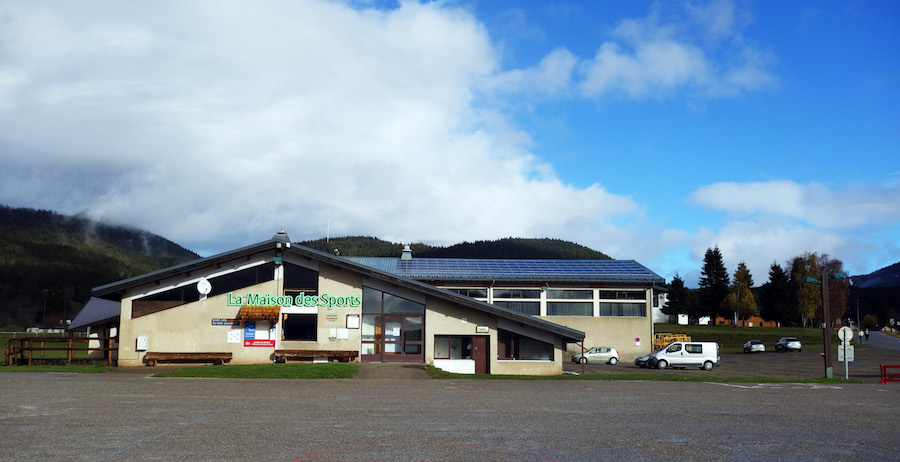The ‘Centrale Villageoises’ boost collective production of renewable energy
The energy transition is essential, in the mountains as elsewhere. The Centrales Villageoises are local, citizen-led companies that run projects to promote the energy transition as part of a territorial approach.
What are Centrales Villageoises?
Centrales Villageoises are local, citizen-led companies that run projects to promote the energy transition, based on a local approach. They bring together citizens, local authorities and local businesses, and contribute to energy objectives by taking account of cross-cutting local issues (local economic development, integration into the landscape, social cohesion, etc.).
Citizens, local businesses and local authorities participate in the creation of a local company, like a simplified joint company, and share the capital. Each ‘Centrales Villageoises’ company invests in renewable energy production equipment, pays taxes and charges and collects income from the sale of electricity to EDF (Electricité de France). Projects are financed by own funds (25% to 30%) and bank loans (around 70 to 75%).
Income from the sale of electricity enables the company to pay expenses (maintenance, rent, leasing, etc.) and feeds into profits, which can be set aside or distributed as dividends to shareholders.
Since the launch of Centrales Villageoises, 67 territories have been involved, mainly in the Auvergne-Rhône-Alpes, Sud and Grand-Est regions.
Vercors banks on transition with Centrales Villageoises
The Autrans-Méaudre area in the Vercors is situated at an altitude of around 1,000 metres, surrounded by cliffs rising to 2,350 metres. It encompasses both rural and tourist municipalities and has a population of over 11,100 people.
Local elected representatives in the Vercors mountains have decided to develop and implement sustainable, local energy projects through Centrales Villageoises. The ‘Centrales Villageoises des Quatre Montagnes’ were set up in October 2016. Nearly 600 m² of photovoltaic panels were installed, producing and consuming local electricity. This represents the equivalent of the energy supplied by 500 fridges throughout the year.
The project, co-owned and co-designed by the locals, produces green energy that respects nature, makes use of local resources and preserves the quality of the region’s landscapes and heritage, while generating local economic benefits.

